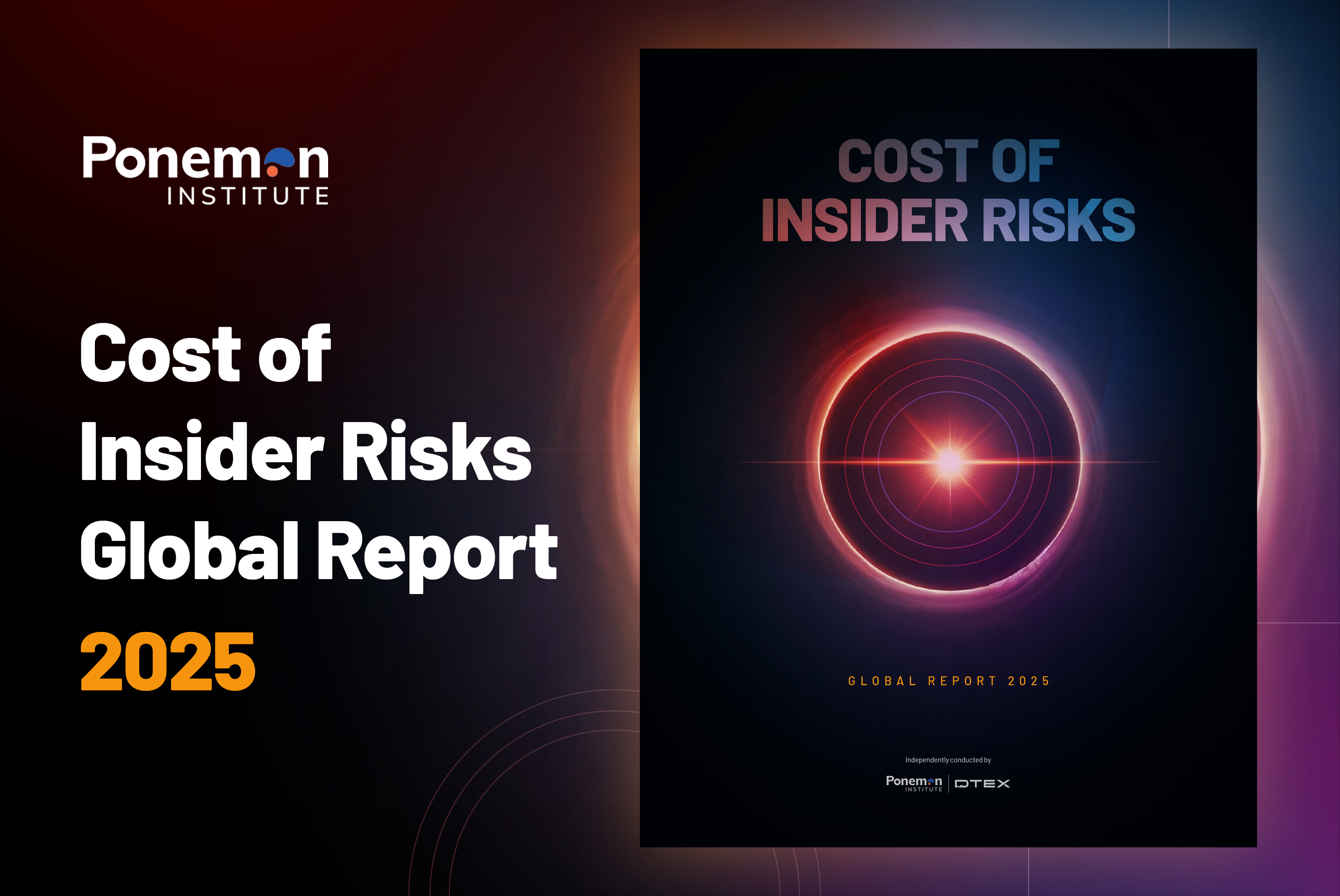In today’s rapidly evolving threat landscape, insider risks are a critical concern for organizations across industries. From malicious insiders to unintentional breaches, the potential damage can be significant, making the need for a robust insider risk management program more urgent than ever. This blog delves into how gaining executive buy-in, fostering cross-functional collaboration, and leveraging advanced AI technologies are essential for building a successful program. By addressing these key elements, organizations can better anticipate, detect, and mitigate insider risks to ensure long-term security and resilience against evolving threats.
WALK: Get Executive Buy-In
The Key to Insider Risk Management Success
A successful insider risk management program begins with executive buy-in and strategic direction. Without visible support and commitment from leadership, any effort to implement or sustain an insider risk management program is likely to falter. Executive will and prioritization are essential to overcome organizational inertia and allocate the necessary resources for success.
All too often, organizations attempt to embed insider risk management programs within existing departments—such as IT, HR, Legal, or Security—and consider the task complete. This fragmented approach not only undermines the program’s effectiveness but also creates significant challenges for those tasked with its execution. Insider risk management program leaders are frequently hired, provided with a set of tools (which may or may not be appropriate), and allocated a modest budget, only to be told, “Fix it.” Such directives, without clear support or proper integration, obscure the program’s importance and hinder its ability to succeed.
True success requires treating insider risk management as a company-wide initiative rather than relegating it to a single team operating in isolation. Without a holistic approach, even minor resistance—such as a stakeholder prioritizing other initiatives—can bring the program to a standstill.
To avoid these pitfalls, it is critical to establish multi-stakeholder governance from the outset. A robust governance framework with clearly defined roles and responsibilities ensures accountability, drives collaboration, and aligns insider risk management initiatives with broader organizational goals. This alignment not only enhances program effectiveness but also contributes to improved business outcomes.
CRAWL: Establishing a Cross-Functional Team
Leadership and Governance for Effective Management
Effective insider risk management requires recognizing it as a human-centric challenge that demands a cross-functional approach and the dismantling of organizational silos.
Incorporating professionals from diverse disciplines—such as human resources, people and culture, legal, risk, compliance, and cybersecurity—combined with the establishment of a robust governance structure, is essential for success.
The specific organizational placement of the insider risk management program is less critical. Depending on the organization and its governance framework, the program may reside under functions such as people and culture, cybersecurity, or risk management. What matters is the integration of diverse expertise, perspectives, and skills, all working cohesively toward the shared objective of mitigating insider risk.
It is also crucial to consider appointing a dedicated insider risk leader whose primary responsibility is the proactive management of insider risk.
With multi-stakeholder investment, the responsibility and accountability for the success of the insider risk management program shift from seeking a singular skill set or experience to assembling a team with the right attitude, aptitude, and interpersonal skills, complemented by the existing security expertise within the organization.
RUN: Discovery
People, processes, and data-driven technology
The next phase of establishing an insider risk management program is discovery. This extends beyond identifying data to uncovering actionable insights, assessing existing policies, evaluating internal communications, and ensuring the program’s reach spans across the organization to build a shared understanding of insider risk.
The Role of Technology in Proactive Insider Risk Management
Technology plays a supportive role in insider risk management. Over the years, identity and user-based monitoring systems have been used to detect events after they occur. However, the true value lies in the ability to anticipate risk before harmful events take place. Predicting insider risk based on historical behavior is where organizations must focus their efforts in 2025. Reacting after an event has occurred may provide valuable post-event analysis, but it fails to address the behaviors that led to the event.
Leveraging AI and Machine Learning for Predictive Risk Detection
Artificial intelligence and machine learning are fundamental components in creating a unified platform for predictive behavioral analysis. With AI and ML, organizations can aggregate disparate behaviors, whether typical or atypical, across the company or specific employee personas. This approach consolidates critical elements such as data loss prevention, user behavior analytics, and user activity monitoring. As data populates the system, AI continuously learns, enabling early detection of behavioral anomalies that may indicate increased risk. The question is: does your program react to events, or does it proactively identify and address potential threats before they materialize?
Balancing Security and Privacy
While technology can detect individual actions, insider risk management provides the necessary context. Understanding why an individual’s actions are flagged as risky and ensuring the program balances security needs with privacy concerns is essential. Transparency is critical; employees must be informed about what is being monitored and how, ensuring that the program doesn’t violate privacy while safeguarding organizational assets. Pseudonymization can protect privacy, but when necessary, the ability to identify individuals must remain intact during investigations. Clear communication from leadership is essential, as employees must understand what the program will and won’t do, and why.
Ongoing Adaptation and Measuring Success
Insider risk management is a dynamic initiative. As resources, personnel, and business objectives evolve, the program must adapt. Regular assessments should drive strategy, addressing emerging risks and aligning with organizational goals. Success should be measured not just by cataloging incidents, but by the instances where intervention occurred before a potential threat materialized. These successes are key indicators of program maturity and effectiveness.
Closing Thoughts
An insider risk management program must evolve to address emerging threats and changing organizational needs. By continually assessing and adapting strategies, organizations can proactively mitigate risks and strengthen their defenses, ensuring long-term security and trust between employers and employees.
DTEX InTERCEPT™ is a purpose-built insider risk management platform that enables organizations to achieve a trusted and protected workforce. Consolidating data loss prevention, user activity monitoring, and user behavior analytics in one lightweight platform, InTERCEPT provides proactive protection against insider threats at unprecedented scale, with privacy by design.
Subscribe today to stay informed and get regular updates from DTEX Systems






